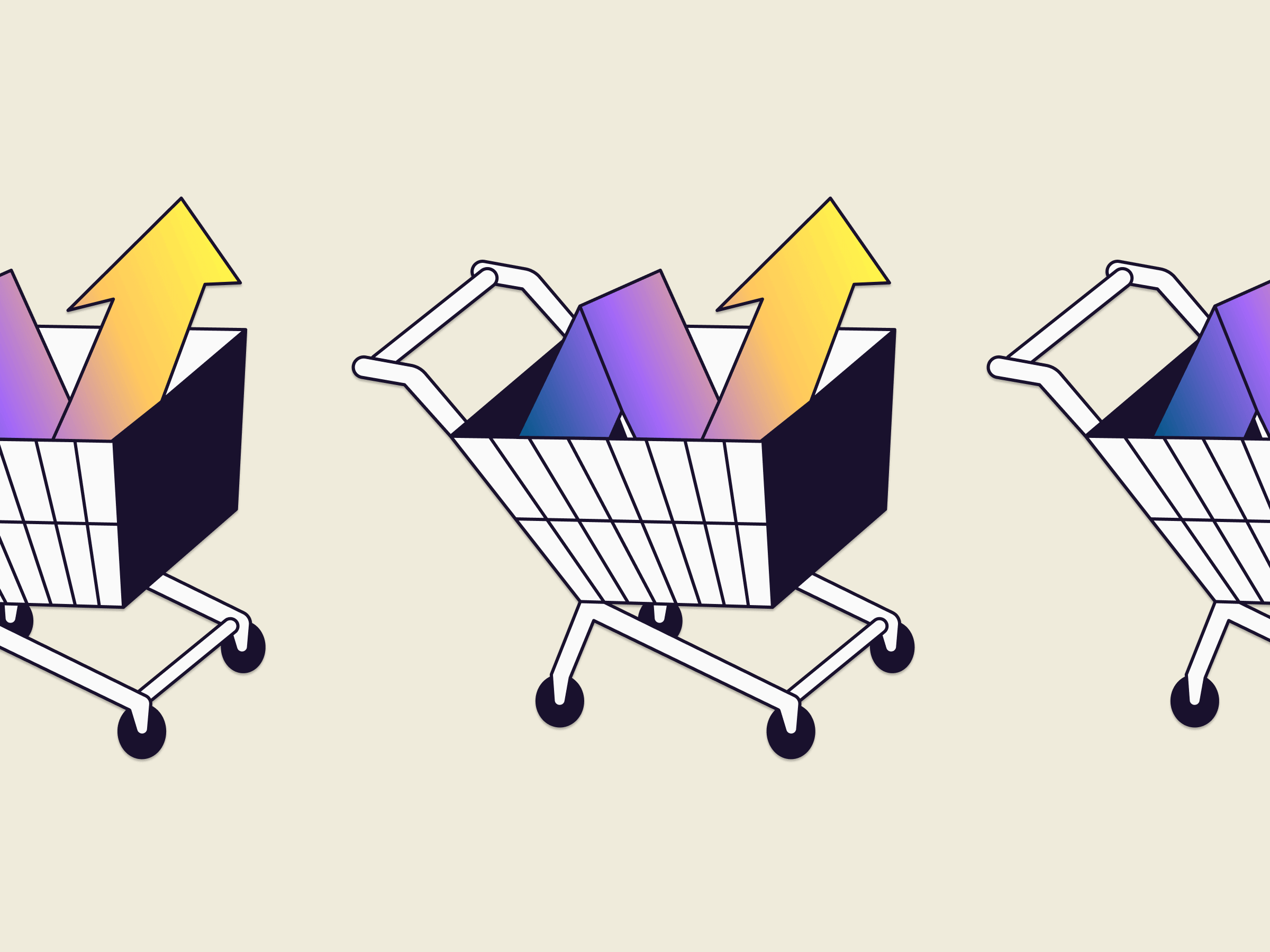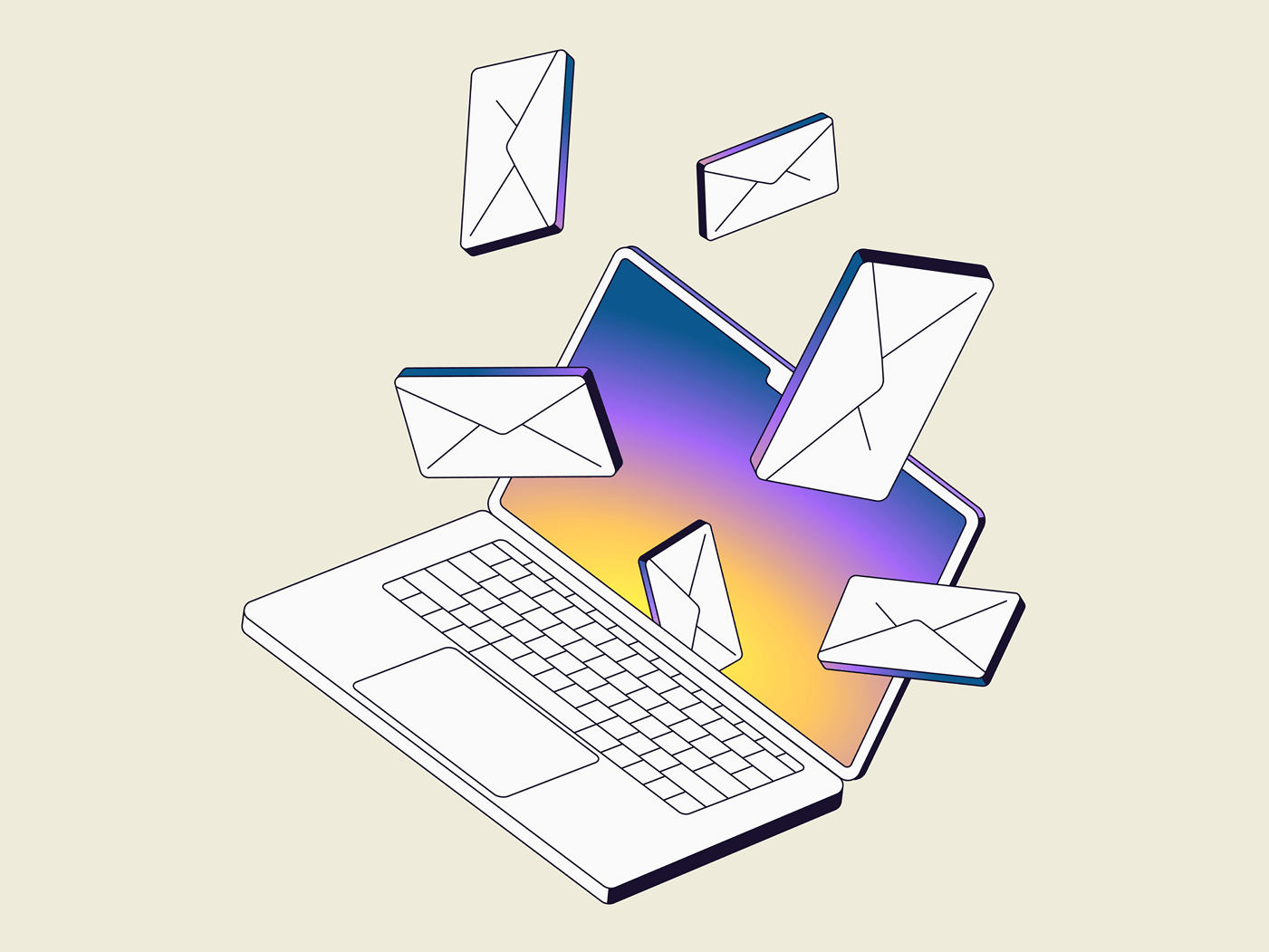If your email campaigns are landing in the "promotions" tab or worse, the spam folder, you’re not alone.
Email deliverability issues have quietly become one of the most expensive problems in email marketing—and most brands don’t even realize it until their email performance tanks.
When your emails stop landing where they should, everything takes a hit—opens drop, revenue slips, and your sender reputation slowly erodes until it feels impossible to pull it back.
Here’s the thing about deliverability: it’s not mysterious, and it’s definitely not magic. It’s a process.
In this guide, you’ll learn exactly how to improve email deliverability, boost open rates, avoid email spam complaints, and fix the sneaky email deliverability problems that are killing your engagement in 2026.
Let’s start by breaking down why email deliverability matters more than ever.
What Is Email Deliverability and Why It Matters in 2026
Email deliverability refers to your ability to land emails in the primary inbox—not just get them sent. It determines whether your audience actually sees your campaigns.
A handful of things have a big say in your email deliverability rate: your sender reputation, how frequently people hit “spam,” how many emails bounce, whether your authentication is dialed in, and—of course—the quality of what you’re sending.
Here’s what happens when your deliverability tanks:
- Emails go to the spam or promotions tab
- Open rates drop, hurting your conversion rate
- ESPs start throttling or blocking sends
- Revenue from email tanks
Many brands notice the drop in performance—but don’t realize it’s due to deliverability. That’s the dangerous part.
So let’s dig into how to spot issues early.
How to Diagnose Email Deliverability Issues
Use Deliverability Testing Tools
Start by running a quick test through G-Lock Apps (or GlockApps). Just send one in and see what comes back. It’ll show you where your emails are actually landing, what might be setting off spam filters, and whether your sender rep is taking a hit.
Then take a look at your ESP dashboard — Klaviyo, Sendlane, whatever you’re using — and see if anything looks off. Stuff like:
- Decreased open rates
- Increased bounce rates
- Increased spam complaints
Track the Three Metrics That Matter Most
- Bounce Rate: Keep this below 0.4%. Invalid emails and bots drive this up fast—and high bounce rates destroy your sender reputation.
- Spam Complaint Rate: Must be below 0.01%. Email spam complaints are one of the top signals to inbox providers that you’re a bad sender.
- Unsubscribe Rate: Aim for a rate of under 0.6%. If people are bailing, it’s a sign your emails are unwanted or irrelevant.
The Ultimate Red Flag: Falling Open Rates
If your open rate is below 50%, there’s likely a deliverability problem. Top-performing campaigns should hit 50–60%. Below that, something’s off.
How to Fix Email Deliverability Issues: 4 Steps
Step 1: Clean Your Email List to Improve Deliverability
Inactive contacts are toxic. They drag down your engagement rate and tell inbox providers your emails are unwanted.
Here’s how to clean your list:
- Remove contacts that bounced more than twice
- Remove anyone who received 10+ emails and never opened them
This is the first step any expert would take. It’s how professional email marketing services keep deliverability strong across high-volume campaigns.
Step 2: Identify Campaigns or Automations Hurting Your Email Deliverability
Deliverability issues often start in one automation or campaign—and then spread.
Find the culprits by:
- Checking campaign-level bounce, complaint, and unsubscribe rates
- Disabling automations with high complaints or bounce rates
- Adding a global suppression filter: exclude anyone who bounced in the last 90 days
This step alone can improve email deliverability fast.
Step 3: Identify the Source of Bad Contacts (Bots, Checkout Opt-Ins, Etc.)
Bot signups spiked in 2024 and 2025, especially on Shopify stores. These fake profiles cause massive email deliverability problems.
What to do:
- Add a Lecaptcha or hCaptcha to forms
- Avoid single-click opt-ins on checkout pages
Important: Don’t fall for the double opt-in myth. Yes, it reduces bots—but it also cuts your list size by 50% and hurts revenue.
Step 4: Fix Your Authentication (SPF, DKIM, DMARC, Branded Sending Domain)
Still wondering why authentication is key for email deliverability? Here’s the breakdown:
- Sender Policy Framework (SPF): Tells inbox providers which servers can send emails on your behalf
- DomainKeys Identified Mail (DKIM): Ensures the message hasn’t been altered and verifies the sender
- Domain-based Message Authentication, Reporting & Conformance (DMARC): Aligns SPF and DKIM, gives instructions on what to do with failed messages
- Branded Domain: Signals professionalism and increases trust
Incorrect DNS records = instant spam placement.
Most platforms like Klaviyo, Sendlane, and Attentive offer detailed guides to set this up correctly.
How to Re-Warm Your Email List and Recover Your Sender Reputation
If your open rates have tanked, here’s the path back:
Start with your most engaged subscribers:
- Send to “Opened in last 15 days OR Clicked in last 60 days”
- Expand to “Opened 30 days OR Clicked 60 days”
- Expand again to “Opened 60 days OR Clicked 90 days”
- Then finally: “Opened 90 days OR Clicked 90 days”
If open rates still don’t improve, pause and go back to a smaller segment for 1–2 weeks.
This steady ramp-up rebuilds trust with Gmail and Yahoo—and helps boost open rates.
How to Maintain Strong Email Deliverability Long-Term
1. Dial In Your Segmentation
Only email the people who are actually paying attention. If someone hasn’t opened anything in 60–90 days, pull them out of your regular sends. The more your content lines up with what subscribers are doing (and actually interested in), the stronger your engagement stays.
2. Do Monthly or Quarterly List Cleaning
Make list cleaning a routine. Fast-growing list? Do it every month. Slower list? Every quarter is fine. You’ll keep engagement high—and avoid paying for subscribers who aren’t doing anything.
3. Run Monthly Deliverability Tests
Use tools like G-Lock or Mail-Tester to check inboxing across Gmail, Yahoo, and Outlook.
If Gmail spam placement is high:
- Suppress unengaged Gmail users for 3–4 weeks
- Slowly rewarm inbox placement by re-engaging small segments
This granular targeting improves email deliverability rate faster than blanket sends.
4. Avoid Linking to Off-Domain URLs
Keep your links close to home. When you send people off to Amazon or some unrelated site, inbox filters read it as a red flag. Stick to your own domain and you’ll stay out of the spam penalty box.
5. Use Fewer Links—But Make Them Count
Stuffing emails with links can trip spam filters. Be intentional and keep the click paths clean.
6. Use More Plain-Text or Hybrid Emails
Plain-text tends to land best, and hybrid emails (a mix of copy and visuals) come in close behind. Fully designed emails aren’t the problem—overdesigning and underwriting is.
7. Write Converting Headlines and Subject Lines
Your subject line is your first impression. It affects both open rates and spam filtering. Make it count.
When to Bring In Professional Email Marketing Services
You need expert help if:
- DNS authentication is broken
- You’re seeing persistent spam placement
- Your ESP flags you for abuse or high bounce rates
Agencies can:
- Set up and verify SPF, DKIM, and DMARC
- Build smart suppression rules and segments
- Manage list cleaning and rewarming
- Guide compliance and deliverability best practices
Don’t wait for revenue to drop—get ahead of the problem with professional email marketing services.
How to Improve Email Deliverability in 2026
Let’s recap your game plan:
- Clean your list
- Identify broken campaigns or automations
- Find the source of bad contacts
- Fix your authentication records
After that, you just ease back into warming things up. Keep your segments tight, clean your list on a regular basis, and send stuff people actually want to read. It’s not glamorous, but it works.
And honestly, you’ve got to think of deliverability as an ongoing system. It’s not one of those “set it up once and forget about it” deals. The brands that are going to win in 2026 are the ones paying attention, tweaking things, and moving fast when something slips.
Inbox placement isn’t fate. You can control this—you just need the right plan.
If you’re done guessing and want to actually fix your deliverability issues, let’s talk.
Book a strategy call with Stimulate, and we’ll figure out how to get you back in the inbox—and keep you there.

.webp)
.webp)
.png)
.webp)
.webp)
.webp)
.webp)
.webp)
.webp)
.webp)
.webp)
.webp)
.webp)
.webp)
.webp)
.webp)
.webp)
.webp)








